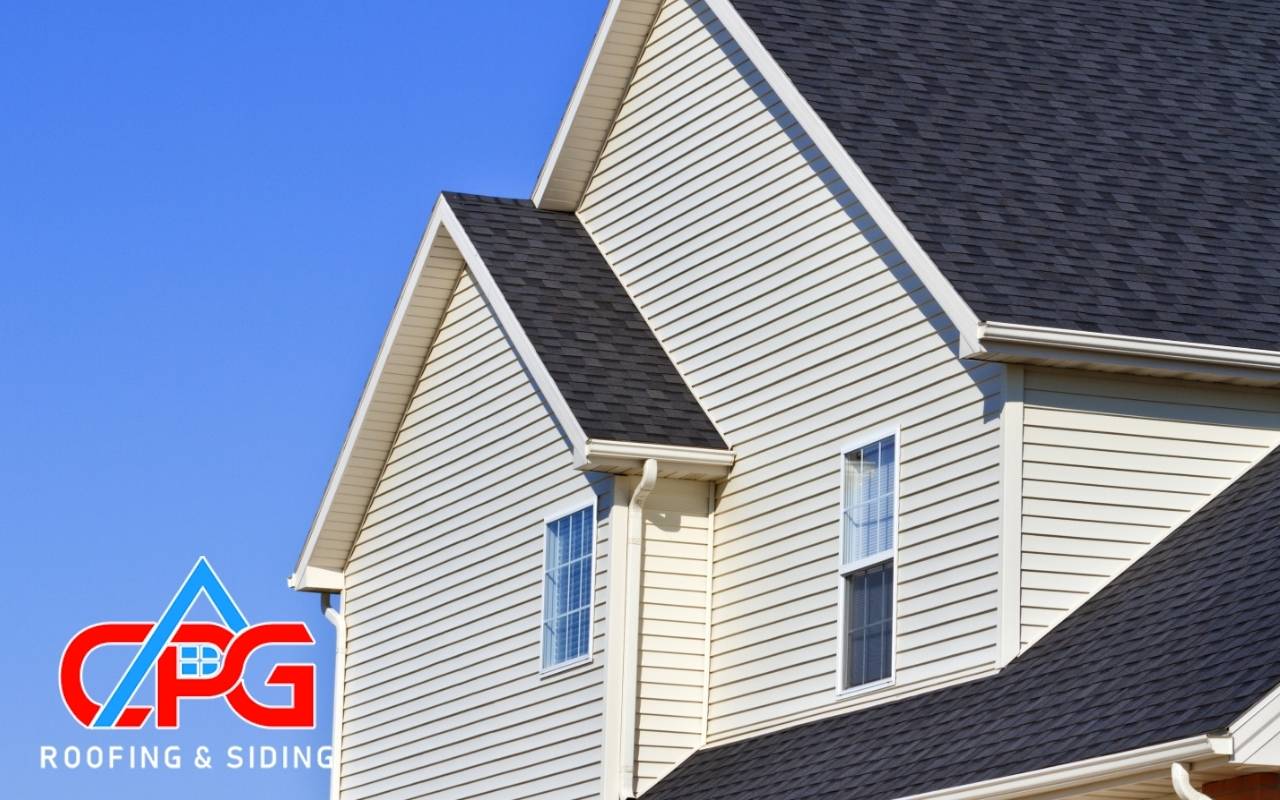
Imagine waking up one morning after a stormy night to find water trickling down your walls. It’s a nightmare scenario that no homeowner wants to face. Yet, such events can occur when roofing issues are left unchecked. A roof protects your home from the elements and maintains comfort. Unfortunately, it’s often overlooked until problems become costly or dangerous.
Over time, all roofs show signs of wear and tear. Recognizing these signs early can prevent sudden leaks and structural damage. In this post, we’ll explore the key warning signals and help you take timely action. From curling shingles to rising energy bills, understanding roofing issues empowers homeowners to act before problems escalate.
Curling or Buckling Shingles
An obvious sign is curling or buckling shingles. Constant sun, wind, and temperature changes cause shingles to lose flexibility. When edges curl or surfaces buckle, gaps appear where wind can lift them, increasing leak risk.
In addition, curled shingles lose protective granules, reducing UV defense and weather resistance. Widespread curling or buckling signals a serious problem. Addressing this promptly prevents water infiltration, mold growth, and underlying structural damage.
Water Stains on Ceilings
Water stains on ceilings are alarming indicators. Yellowish-brown rings often suggest moisture penetration. Minor spots may need simple repairs, but recurring stains often mean full roof replacement is necessary.
Moisture can seep through damaged shingles, underlayment, or flashing. Ignoring these signs increases the risk of wood rot, deteriorated insulation, and mold growth. Early action is essential to prevent interior damage and higher repair costs.
Missing Granules in Gutters
Gutters containing missing granules signal deteriorating shingles. This exposes asphalt to elements, accelerating wear. They also reduce UV protection, affecting energy efficiency. Accumulated granules in gutters or downspouts indicate severe roofing issues and potential replacement needs.
Sagging Roof Deck
Noticeable sagging of the roof deck is a serious concern that threatens safety. Normal roof decks remain straight, but sagging shows compromised structural integrity from moisture, snow, or age.
Persistent sagging increases collapse risk and interior damage. If noticeable drooping occurs, schedule a professional inspection and prepare for roof replacement.
Sunlight Through Attic
Sunlight appearing in your attic indicates subtle but critical problems. Even small cracks allow moisture and pests to enter. Over time, these breaches reduce energy efficiency and can lead to leaks or mold. Immediate attention is required to prevent further damage.
Moss or Algae Growth
Growth of moss and algae often reflects persistent problems. Moss holds moisture, promoting rot, while algae causes dark streaks. Temporary cleaning may help, but regrowth signals advanced shingle degradation. Replacement may be the most effective solution when growth persists.
Age of Roofing Material
Roof lifespan varies: asphalt 20–30 years, metal 40–70 years, slate 50+ years. Older roofs often lack modern weather-resistant technology. Age alone doesn’t mean failure, but older roofs show multiple roofing issues and higher replacement urgency. Monitoring roof age alongside wear signs ensures timely replacement.
Importance of Timely Roof Replacement
Delaying roof replacement worsens damage, affecting the whole home. Small leaks can expand, causing insulation damage, mold growth, and rotted structure. Taking early action prevents emergency costs and stress.
Frequently Asked Questions
What are common roofing issues homeowners should watch for?
Watch for curling shingles, water stains, missing granules, moss growth, sagging decks, and sunlight in the attic. These indicate serious deterioration.
How often should I inspect my roof for roofing issues?
Inspect your roof at least twice a year and after major storms. Regular inspections catch issues before they escalate.
Can minor repairs prevent a full roof replacement?
Minor repairs may help temporarily, but widespread issues like persistent water stains or sagging decks often require full replacement.
When should I contact a professional roofer?
If you notice multiple roofing issues, contact a licensed contractor. Professionals can evaluate the roof and recommend repair or replacement.
Taking early action is essential. For professional evaluation, contact CPG Roofing today. For repairs, visit our roofing repair page. If replacement is necessary, learn more on our roofing replacement page.

